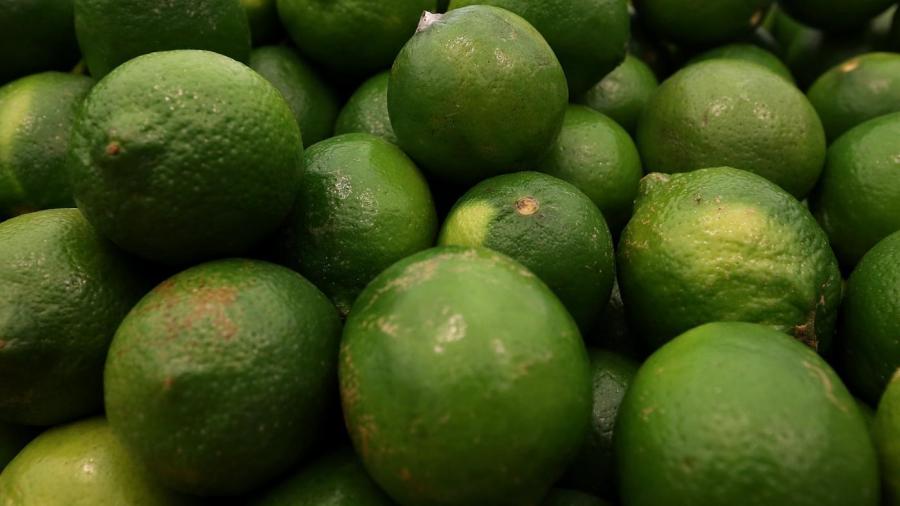What Is the PH Level of a Lime?

The pH level of a lemon or a lime is approximately 2.2 because they are both highly acidic with a composition of 5 to 6 percent of citric acid. Solutions that have a pH of seven or less are said to be acidic, while those with a pH level above seven are said to be basic.
Pure water has a pH level that is close to seven because it is neither acidic nor basic. When a substance is neither acidic nor basic it is referred to as neutral. When chemicals are added to water it turns the solution into either a base or an acid. Examples of acids include lemon juice and vinegar. Examples of a base are lye, milk of magnesia and ammonia.
The pH scale was introduced by the Danish chemist Saren Peder Lauritz in 1909. Although there are arguments as to what the symbol pH stands for, generally the term pH refers to the power of hydrogen in a molecule. A variety of indicators may be used in order to determine the pH of a solution. Universal indicator paper is dipped into the solution and it changes color depending on its properties. The paper is absorbent and it features the colors from the universal indicator.





